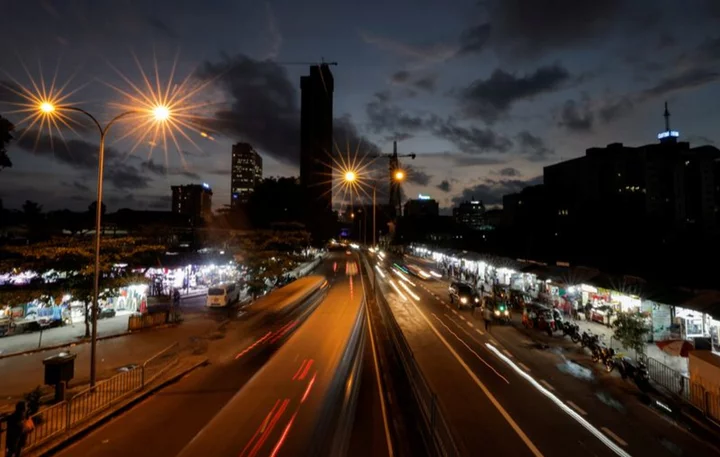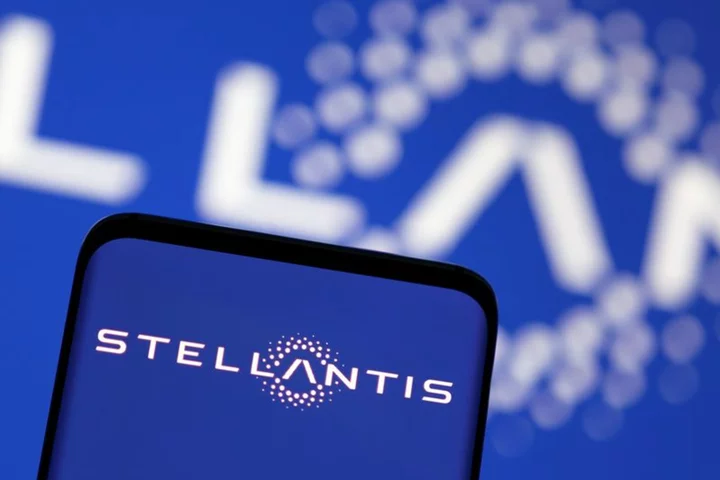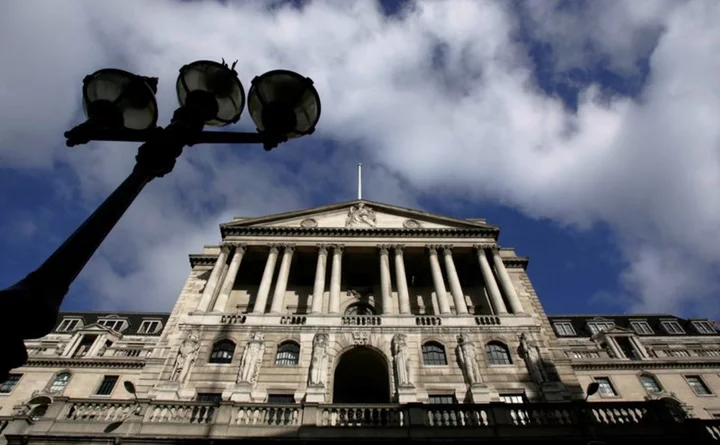NAIROBI (AP) — A walk through the busy business district of Mombasa Road in Nairobi, or even a rural community in Kisii County, Kenya, highlights something that's getting attention at the African Climate Summit in Nairobi this week — solar power that is not connected to the grid.
With or without the encouragement of government policy, families and businesses are choosing off-grid solar in the face of an unreliable grid. According to the World Bank, the number of so-called minigrids, meaning solar systems that support a cluster of homes or businesses, has grown from 500 in Africa in 2000 to 3,000 today.
In Kenya, the price of electricity has risen due to higher fuel costs, driving some to form their own local grids.
It's not just individual homes in Kenya: Solar energy’s reliability and lower cost, despite initial high installation capital, has attracted steel manufacturers and cooking oil factories, who form some of the biggest clients for one Nairobi-based company.
CP Solar’s managing director, Rashmi Shah, said his company has installed 25 megawatts of solar systems in the past six years. “It is a very clean source of energy,” he said and clients are able to recover their initial costs through savings within the first four years.
“We are not polluting the air at all; we are not raising the temperatures; we are not affecting the climate of the Earth. So that is why more and more emphasis is coming to cleaner energy,” he told The Associated Press.
Over half a billion people in sub-Saharan Africa don't have reliable access to electricity. Power outages are common. Renewable energy is more reliable but its promise for the region still remains largely unmet. The African nations below the Sahara have 60% of the world’s solar potential.
“The nearly year-round sunshine in Africa makes us unique,” Kenyan President William Ruto told a ministerial session at the climate summit on Monday.
In Nigeria, as in Kenya, things are changing. Most households have depended on gasoline generators for power, but recently the government removed a gasoline subsidy, prompting increased interest in solar power, according to dealers. Only about half of Nigerians are connected to the grid, and even for them, power cuts are common.
The Nigerian government has not announced incentives to promote solar energy, such as reducing import taxes on solar equipment as demanded by dealers.
But where the government has been unhelpful, the private sector has taken the lead in promoting it by offering households and small businesses the option of paying for their solar installations over time.
“The problem was affordability, but now customers can pay installments over a period of 18 months,” said Tunde Oladipupo, an agent for Sun King, a solar power company. Oladipupo, who is based in Oyo, southwestern Nigeria, said his company also serves energy-hungry small businesses like those that use freezers or pump water from boreholes.
After addressing the issue of high upfront costs, the model has proved to be a solution for the social problems drawn out by Nigeria’s energy crisis in poorly served and low-income households. For Monsurat Qadri, the challenge was helping her young daughter with homework in the evenings when there was no light. Grid electricity was unavailable and the other option, a generator, had become too expensive.
But now, “I’m done with worrying about lighting,” Qadri said. She has installed a small solar system that powers five bulbs and a fan, and paying the installments every month is easy for her.
In Nigeria, unlike Kenya, the use of solar power for industry is rare. “Not a single one as far as I know,” Mohammed Ettu, who runs Makhade Power Solutions in Lagos, said of big industrial productions in Nigeria that use solar power.
In the third powerhouse economy of sub-Saharan Africa, South Africa, the government announced a new policy in 2021 that allows mining companies and large industrial operations to generate up to 100 megawatts of their own electricity, up from just one megawatt, reducing their reliance on the national grid and promoting renewable energy sources. As a result, several companies, including Sibanye Stillwater, Anglo American Platinum, and Gold Fields, have announced plans to generate significant amounts of renewable power in the short term.
Another example of this shift is the Ford vehicle assembly plant in Silverton, Pretoria, which currently sources over 35% of its electricity from solar power.
South Africa is also taking steps to reduce its dependence on coal-fired power. The Komati power station in Mpumalanga was decommissioned in 2022 and will be converted to clean generation with more than 150 megawatts of solar, 70 megawatts of wind, and 150 megawatts of storage batteries.
Amid the ongoing electricity crisis this year, the South African government offered tax incentives for households and businesses that purchase renewable energy sources and for households that install solar panels on their rooftops.
Businesses installing renewable energy can reduce their taxable income by 125% of the cost of the investment. Households that install rooftop solar will be able to claim a rebate of 25% of the cost of the panels, up to a maximum of R15,000 (US $779).
Back in Kenya, despite CP Solar's focus on industries, it is also doing some home installations. One is at the home of its director, Shah. It has enabled him to be completely off the grid, saving him from a recent national blackout where others relying on Kenya Power and Lighting Company, including the country’s main airport, were in the dark for hours.
“I was happy at home watching Supersport on that day. I think there was a football match coming,” Shah said.
The high cost of electricity in the country, ranging from 20 to 30 Kenyan shillings per kilowatt-hour (US $0.14 to US $0.20) has also encouraged the shift, Shah said.
The abundance of sunlight in Kenya — and Africa — favors solar energy generation, something Shah described as a “very fortunate” opportunity to have “free power.”
___
Adebayo reported from Abuja, Nigeria. Magome reported from Johannesburg, South Africa.
___
Associated Press climate and environmental coverage receives support from several private foundations. See more about AP’s climate initiative here. The AP is solely responsible for all content.









